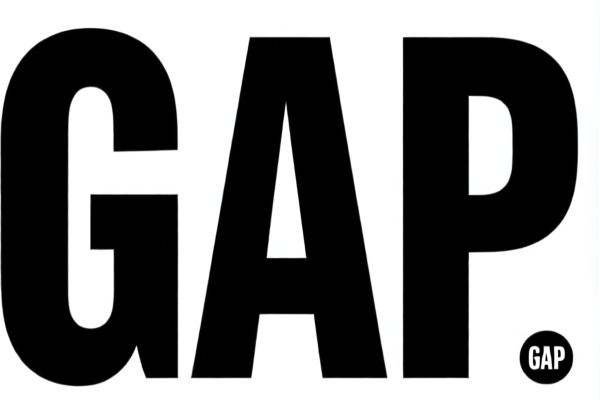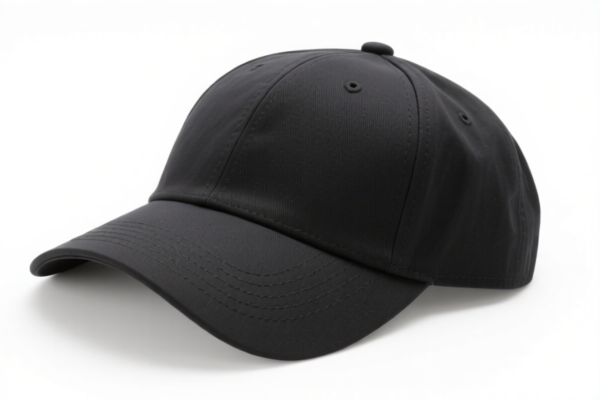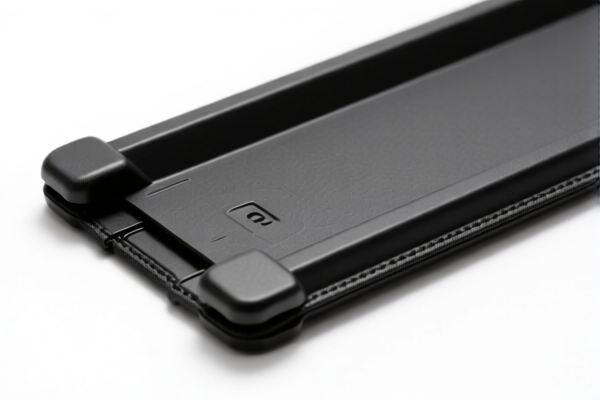| HS Code | Official Doc | Tariff Rate | Origin | Destination | Effective Date |
|---|---|---|---|---|---|
| 6304996040 | Doc | 33.2% | CN | US | 2025-05-12 |
| 6304920000 | Doc | 36.3% | CN | US | 2025-05-12 |
| 6307908940 | Doc | 37.0% | CN | US | 2025-05-12 |
| 6307908985 | Doc | 37.0% | CN | US | 2025-05-12 |
| 5901101000 | Doc | 62.0% | CN | US | 2025-05-12 |
| 5901102000 | Doc | 59.1% | CN | US | 2025-05-12 |
| 5907006000 | Doc | 55.0% | CN | US | 2025-05-12 |
| 5907008090 | Doc | 55.0% | CN | US | 2025-05-12 |
| 4205001000 | Doc | 55.0% | CN | US | 2025-05-12 |
| 4205000500 | Doc | 57.9% | CN | US | 2025-05-12 |
| 4201006000 | Doc | 57.8% | CN | US | 2025-05-12 |
| 3925900000 | Doc | 60.3% | CN | US | 2025-05-12 |
| 3925100000 | Doc | 61.3% | CN | US | 2025-05-12 |
| 6114909070 | Doc | 35.6% | CN | US | 2025-05-12 |




Gap Covers
Gap covers, also known as radiator covers or radiator cabinets, are enclosures designed to conceal radiators, typically central heating radiators, while allowing heat to radiate into the room. They serve both a functional and aesthetic purpose.
Material
- Wood: A common material, offering a variety of styles and finishes. Can be painted, stained, or veneered. Often used with slatted fronts to allow heat passage.
- Metal: Typically steel or aluminum. Provides a more contemporary look and can be powder-coated in various colors. Often features perforated designs or mesh fronts for heat flow.
- MDF (Medium-Density Fiberboard): A cost-effective option, often finished with paint or a laminate. Requires careful construction to ensure heat resistance and safety.
- Acrylic/Perspex: Offers a modern, sleek appearance. Can be clear or colored. Requires ventilation to prevent overheating.
Purpose
- Aesthetic Concealment: Hides unsightly radiators, blending them into the room décor.
- Safety: Protects vulnerable individuals (children, elderly) from hot radiator surfaces, reducing the risk of burns.
- Dust Reduction: Encloses the radiator, minimizing dust accumulation and simplifying cleaning.
- Sound Dampening: Can reduce the noise associated with water flow within the radiator.
Function
Gap covers do not generate heat; they contain and redirect heat produced by the radiator. The design focuses on maximizing upward and forward heat radiation while allowing convection. Effective designs incorporate:
- Ventilation: Essential for allowing warm air to escape and cold air to enter, maintaining efficient heat circulation. Typically achieved through slatted fronts, perforated panels, or gaps at the top and bottom.
- Heat Reflective Backing: Some covers incorporate reflective materials on the back panel to redirect heat back into the room rather than into the wall.
- Accessibility: Designs often include removable panels or sections for access to the radiator for maintenance and bleeding.
Usage Scenarios
- Residential Homes: Commonly used in living rooms, bedrooms, hallways, and other areas where radiators are visible.
- Offices and Commercial Spaces: Used to improve the aesthetics of workspaces and provide a more comfortable environment.
- Schools and Healthcare Facilities: Safety is a primary concern, making covers essential in these settings.
- Period Properties: Used to blend modern heating systems into traditional interiors.
Common Types
- Panel Covers: Simple rectangular enclosures that fit over the radiator. Often made of wood or MDF.
- Cabinet Covers: More elaborate designs resembling furniture, with doors or shelves.
- Slatted Covers: Feature horizontal or vertical slats to allow heat passage.
- Mesh Covers: Utilize a metal mesh front for heat circulation.
- Bespoke/Custom Covers: Made to specific dimensions and designs to match individual requirements.
- Radiator Shelves: Combine the function of a cover with a shelf surface.
Based on the provided information, "gap covers" can be classified under the following HS codes:
- 3925900000 - Builders' ware of plastics, not elsewhere specified or included: Other. This code covers various plastic builders' ware not specifically categorized elsewhere. Given that gap covers are used in construction or building projects, this is a potential classification. The total tax rate is 60.3% (5.3% basic tariff + 25% additional tariff + 30% additional tariff after April 2, 2025).
- 3925100000 - Builders' ware of plastics, not elsewhere specified or included: Reservoirs, tanks, vats and similar containers, of a capacity exceeding 300 liters (If the gap covers function as containers). If the gap covers are designed to hold liquids or other materials and have a capacity exceeding 300 liters, this code applies. The total tax rate is 61.3% (6.3% basic tariff + 25% additional tariff + 30% additional tariff after April 2, 2025).
According to the provided reference material, the HS code options related to 'gap covers' are limited, with only the following 2 found.
Please note that the correct classification depends on the specific function and capacity of the gap covers. If they function as containers exceeding 300 liters, HS code 3925100000 is more appropriate. Otherwise, HS code 3925900000 would be the better choice.
Customer Reviews
No reviews yet.